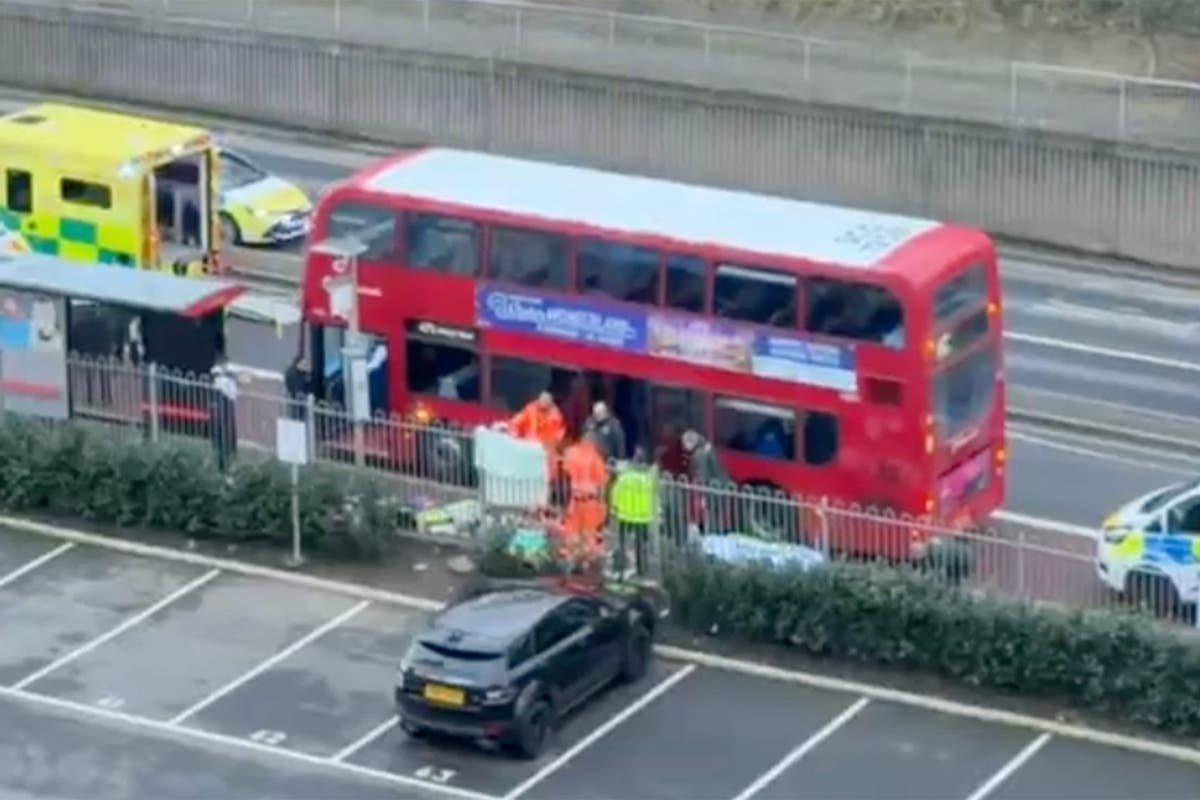London, July 7, 2005, began as a day of celebration. Newspapers hailed London's Olympic bid and Britain's overall success. However, this jubilation was swiftly overshadowed by a devastating terrorist attack. Four suicide bombers targeted London's Underground and bus network, killing 52 and injuring hundreds.
The Attack Unfolds: Shortly before 9am, coordinated explosions ripped through the London Underground. The rapid succession of blasts triggered immediate chaos. Survivors described the scene as a terrifying spectacle of injury and panic. This was Britain's worst terrorist attack since the Lockerbie bombing of 1988.
A Detailed Account: The four bombers, Mohammad Sidique Khan, Shehzad Tanweer, Hasib Hussain, and Germaine Lindsay, meticulously planned and executed their attacks. Their movements were meticulously documented by witnesses and CCTV footage. The bombings occurred at various locations throughout the London Underground network, taking place in swift succession, with the final explosion targeting a number 30 bus.
Immediate Aftermath: Confusion reigned amidst the immediate aftermath of the blasts. Emergency services responded rapidly, but the scale of the tragedy was immense. The London Underground was shut down, while the nation grappled with the consequences.
Investigations and Responses: Al-Qaeda claimed responsibility for the attacks, which triggered a nationwide response and intensified security measures. The subsequent investigation highlighted vulnerabilities in security protocols, leading to a heightened counter-terrorism response. The tragic shooting death of Jean Charles de Menezes at Stockwell tube station further heightened tensions.
Key Time Markers: The timeline below details the key moments of the morning of July 7, 2005, as documented by witnesses and authorities.
- Pre-Attack (4am-8.49am): The bombers' movements, from their Leeds flat to London's train stations, were recorded by witnesses, offering detailed accounts of their preparation and journey.
- Underground Explosions (8.49am): Three consecutive explosions rocked the Underground system, killing scores of passengers. The resulting chaos and panic were immense.
- Bus Bombing (9.47am): A fourth bomber detonated a device on a double-decker bus in Tavistock Square, further adding to the carnage.
- Aftermath (9.53am-onward): Police and emergency services worked to manage the crisis and provide aid. The death toll mounted as the horrific details of the attacks unfolded.
Long-Term Impact: The 7/7 attacks had a profound impact on Britain's security infrastructure, leading to substantial changes in counter-terrorism strategies and surveillance. The investigation into the bombings exposed weaknesses in pre-existing security protocols and led to changes in legislation and security operations. This day of terror forever changed London and the UK, and remains a pivotal moment in British history.







